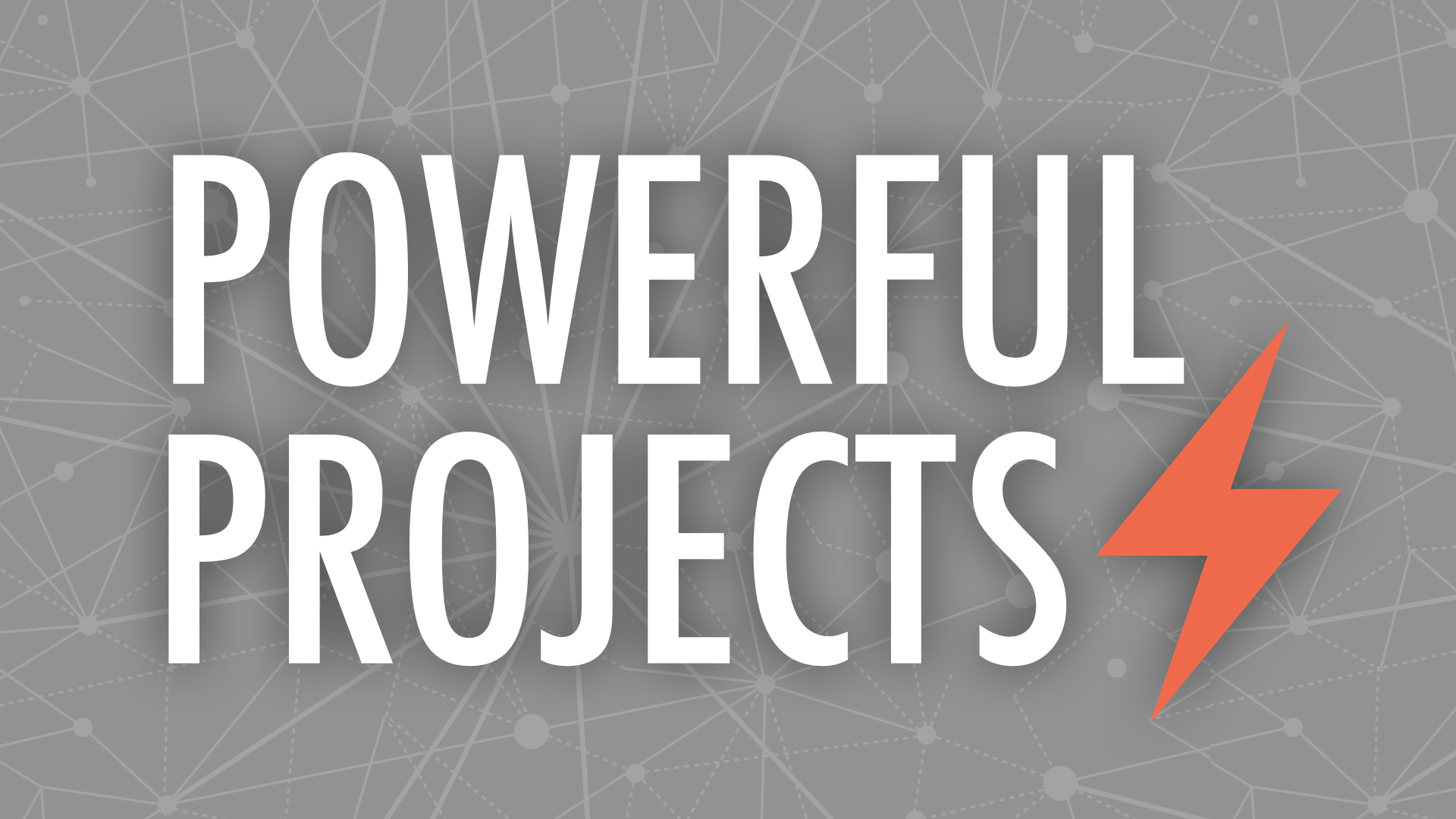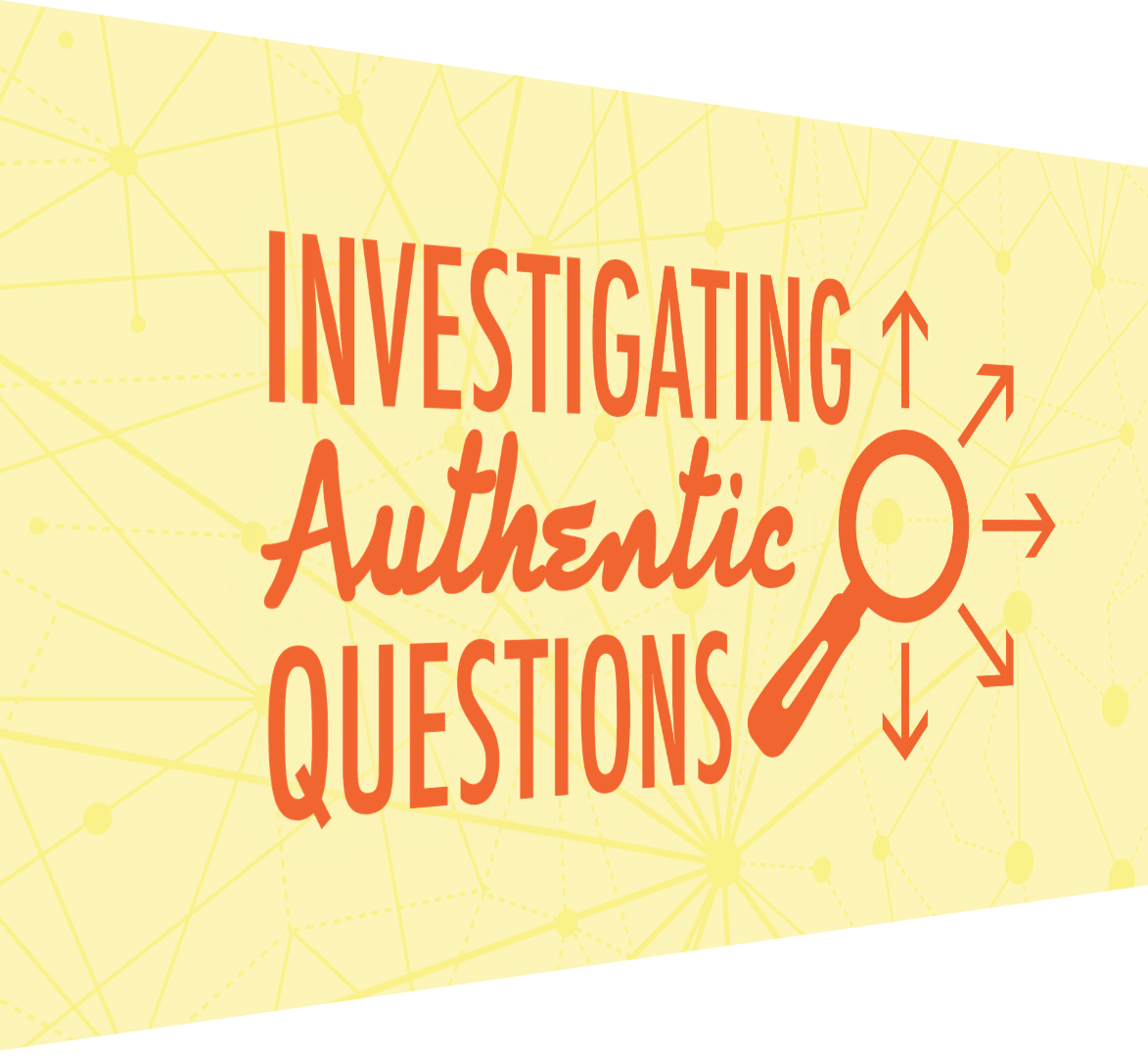
DEcember 2016
Minnesota TIES 2016
Students are hungry for learning that matters, which is why some of the best learning projects set out to make a dent in the universe. That dent might be big or small, but knowing their projects are making a difference in the world is great motivation for students to push themselves toward deeper learning. Adding twists, novelty, and variety to the project can make the whole experience irresistible!
Tony Vincent is ready to share important ideas for making student projects powerful, which include making a difference, having an authentic audience, and encouraging student ownership. Tony uses some of the latest and greatest apps and websites to present these ideas, along with inspiring sample projects.
Let students own the task and put their personal spin on it.
Justin Bell's students created a comical version of Romeo and Juliet Act 3. See more of Justin's students' tech projects.
Want to make green screen videos? Check out DoInk Green Screen or Touchcast Studio for iOS.
Ownership in empowering! Having psychological ownership over the project can increase feelings of responsibility, attachment, accountability, and confidence.
The above video was made using Adobe Spark Video (web-based and iPad app).
Psychological Ownership Causes
- control
- intimate knowledge
- time and energy
Psychological Ownership Positive Outcomes
- responsibility
- attachment
- accountability
- confidence
The Ikea Effect is the name for the psychological phenomenon that occurs when consumers place a disproportionately high value on products they partially created. Researchers found that when people use their own labor to construct a particular product, they value it more than if they didn’t put any effort into its creation.
Take advantage of the Ikea Effect, and let students create their own media as part of a project. Examples include a butterfly video by kindergarteners, The Respiratory System iBook by a fourth grader, the Chow Checker app by middle schoolers.
Increase ownership by giving students choices in the content of their projects, the process the use to create them, and their end productions' final forms.
“When we choose for ourselves, we are far more committed to the outcome–by a factor of five to one.” Harvard Business Review
"If you assign a project and get back 30 of the exact same thing, that's not a project, that's a recipe." Chris Lehmann
It's good to a have choices in the apps students use to create projects because they often disappear, become costly, or drastically change. Keep in mind Adam Bellow's saying: "Date the tool and marry and ability."
Steve Jobs had the mantra, “Let’s make a dent in the universe.” He was on a mission to change the world. Some of the best projects set out to make a dent. The dent might be big or small, but at least the project has made a difference in the universe, and given students purpose beyond doing the project as just another graded assignment.
Projects can make a difference by...
- educating others
- solving a problem
- calling people to action
- building something useful
- planning an event
- raising money for a purpose
- recognizing or inspiring others
- designing a better way to do something
Jamie Rusynk’s 5th graders' video Think Before You Post has an important message. It's done with sticky notes and stop motion.
Stop the Shooting is a Public Service Annoucement made using and iMovie trailer template. Read about how Year 7/8 students created promotional videos for health with the help of iMovie Trailer Planners.
Rushton Hurley makes the observation, “If students are sharing their work with the world, they want it to be good. It you’re just sharing it with you, they just want it to be good enough.” With websites and social media, students certainly have the ability to reach a potentially global audience. Knowing they can reach people worldwide with their projects, learners will want to make those productions W.O.W. (Worthy of the World).
Second graders at Willowdale Elementary School created an audio podcast about respect. It's one of dozens of episodes that seek to inform an audience on the web and in iTunes. The podcast's tagline is "Radio for Kids, by Kids." Radio WillowWeb used GarageBand for audio recording, but there are lots of alternatives like online-voice-recorder.com, soundation.com, soundtrap.com, and twistedwave.com.
Book and product reviews have an audience–other potential readers and buyers. Consider having students write reviews for Amazon.com.
Each day one student in Tony Vincent's fifth grade is designated at the roving reporter (or class scribe). His or her job is to write about the learning that happens that day. The reporter takes photos throughout the day and selects a few to include with the article. Reviewing photos can also help the reporter decide what to write about. Probably the best way to publish these article are on a blog. Tony didn't have a blog, but he did publish the articles on The Daily Planet.
Create elegant webpages for an audience using Adobe Slate (iPad only) or Office Sway (all platforms). Read about Shelli Thele's Revolutionary War project that uses Adobe Slate, and then read Tony's post about this awesome app. Check out this collection of Office Sway projects by students.
Tag Twitter posts with student projects with #comments4kids so that students can get feedback on what they shared.
Let's unleash our students superpowers by handing over ownership, finding and authentic audience, and making a difference.
Technology can be helpful throughout a project, whether students use iPads, Chromebooks, Android tablets, laptops, or desktops. Tony Vincent has written a primer for each of the three major components of project based learning. He shares useful websites and apps as he tells you about his take on project based learning. They are Crafting Questions That Drive Projects, Investigating Authentic Questions, and Creating Products to Show and Share Learning.
Crafting Questions That Drive Projects
Projects begin with a driving question–an open-ended question that sets the stage for the project by generating interest and curiosity. It captures the heart of the project by providing purpose using clear and compelling language.
Investigating Authentic Questions
In project based learning students answer a driving question. That question is so deep that it leads students to ask more and more questions. I have lots of strategies and tips for investigating answers to those questions.
Creating Products to Show and Share Learning
Let’s take a look at sample projects and some of the hottest apps for showing, explaining, and retelling. These tools can turn students into teachers and are great for sharing their answers to a project’s driving question.
KEEP IN TOUCH WITH TONY
- Follow on Twitter: twitter.com/tonyvincent
- Follow on Instagram: instagram.com/learninginhand
- Like on Facebook: facebook.com/learninginhand
- Follow on Pinterest: pinterest.com/tonyvincent
- Circle on Google Plus: plustony.com
- Email: tony@learninginhand.com







